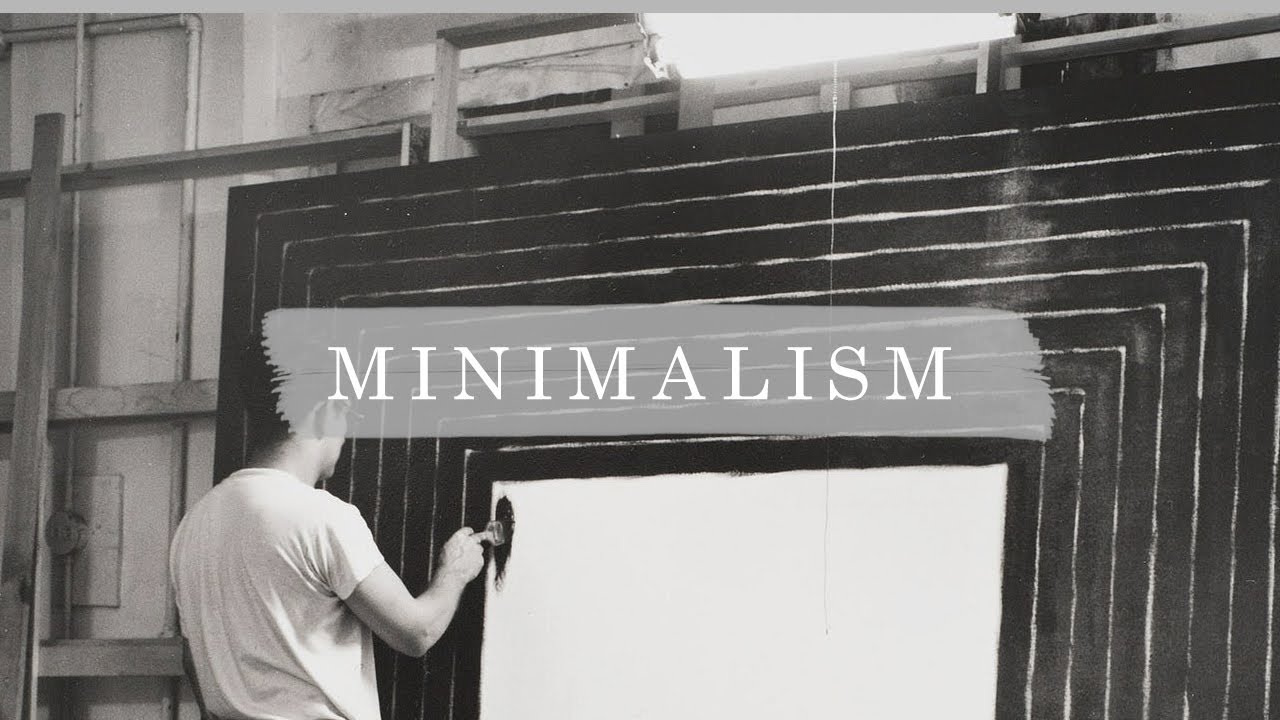Minimalist Art

In the vast spectrum of artistic expression, Minimalism stands as a beacon of simplicity, a testament to the beauty found in reduction and restraint. Defined by its sparse aesthetics, clean lines, and emphasis on essential elements, Minimalist art transcends the boundaries of traditional artistic forms to offer a profound experience of space, light, and form. Rooted in a philosophy that less is more, Minimalism challenges conventional notions of complexity, inviting viewers to engage in a dialogue with the fundamental essence of art itself.
At its core, Minimalism emerged as a reaction against the excesses of Abstract Expressionism and the intricate narratives of preceding artistic movements. Originating in the 1950s and reaching its zenith in the 1960s and 1970s, Minimalist artists sought to distill art to its purest form, stripping away ornamentation and superfluous detail. Rejecting the idea of art as a vehicle for emotional expression or social commentary, Minimalism instead focuses on the inherent qualities of materials and the spatial relationships they create.
One of the defining characteristics of Minimalist art is its emphasis on geometric shapes and forms. Artists such as Donald Judd, known for his minimalist sculptures, utilized simple geometric structures such as cubes, rectangles, and cylinders to explore the interplay between form and space. By reducing sculpture to its basic geometric components, Judd emphasized the intrinsic qualities of the materials themselves, allowing viewers to experience the purity of form unencumbered by extraneous embellishments.
Similarly, painters like Agnes Martin and Ellsworth Kelly employed geometric abstraction to create compositions of sublime simplicity. Martin’s spare grids and Kelly’s bold, monochromatic canvases exemplify Minimalism’s commitment to clarity and precision. Through their use of geometric shapes and solid colors, these artists sought to evoke a sense of harmony and balance, inviting viewers to contemplate the essential nature of visual experience.
In addition to geometric abstraction, Minimalist artists also explored the concept of seriality, creating repetitive, modular structures that emphasize the inherent properties of materials. For example, Carl Andre’s sculptures consist of repeated units of industrial materials such as bricks or metal plates, arranged in simple, grid-like formations. By repeating identical elements, Andre emphasizes the materiality of his sculptures, drawing attention to the physical presence of the objects themselves.
Another hallmark of Minimalist art is its engagement with the surrounding environment. Unlike traditional art forms that exist as discrete objects within a space, Minimalist works often blur the boundaries between art and architecture, transforming the viewer’s perception of the surrounding space. This integration of art and environment is evident in installations such as Walter De Maria’s “The Lightning Field,” a vast field of metal poles arranged in a grid pattern in the New Mexico desert. By situating his work within the natural landscape, De Maria invites viewers to experience the interplay between art, nature, and the passage of time.
Despite its emphasis on simplicity and restraint, Minimalist art is far from static or lifeless. On the contrary, Minimalism’s spare aesthetics and emphasis on form and space give rise to a dynamic interplay of light and shadow, creating an ever-shifting visual experience for the viewer. Whether through the play of light on a polished surface or the subtle variations in texture and tone, Minimalist art invites viewers to engage in a process of perceptual discovery, experiencing the work anew with each encounter.
Conclusion
Minimalist art stands as a testament to the enduring power of simplicity and restraint in the artistic endeavor. By paring art down to its essential elements, Minimalist artists unlock new realms of visual experience, inviting viewers to engage in a dialogue with the fundamental essence of form, space, and materiality. In an increasingly complex and chaotic world, Minimalism offers a respite, a moment of quiet contemplation amidst the noise of modern life. As we continue to grapple with the complexities of existence, Minimalist art reminds us of the beauty found in the simplicity of the here and now.





